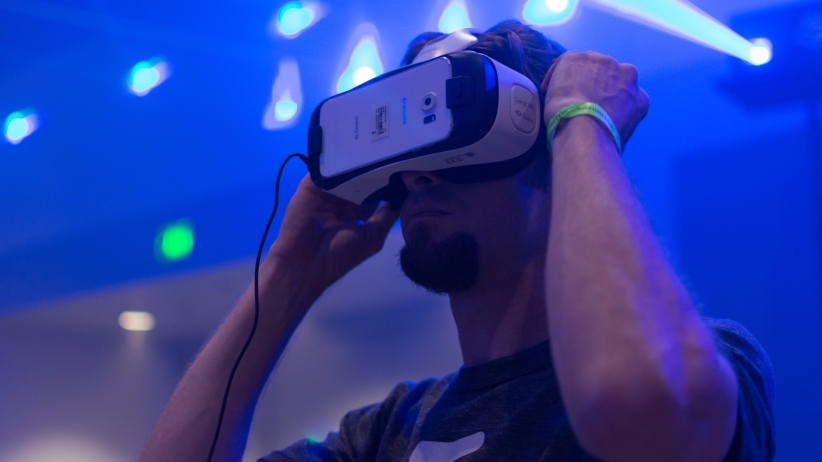How Virtual Reality Will Change Marketing
Virtual reality is no longer some futuristic concept from a 90s movie with bad CGI effects. Every household may not be equipped with the technology just yet, but consumers are getting a taste of it at technology events and retail stores. People bought VR “goggles” by the thousands during the holiday season this year. By 2020, Forrester predicts that there will be 52 million units in circulation as consumers and businesses find different ways to put it to use.
For marketers, the growing availability of VR headsets means rethinking many of the campaigns used to win over customers. Consumers will grow accustomed to immersive brand experiences, requiring businesses to create campaigns that are more interactive. Here are a few ways virtual reality will change advertising and marketing in the next decade.
A focus on storytelling
Storytelling is already immensely popular in today’s competitive marketing landscape. Storytelling helps businesses connect with customers in a way traditional marketing can’t. People generally become interested in the story behind a business or its products and they purchase based on the connection that creates.
Read the full post here.
